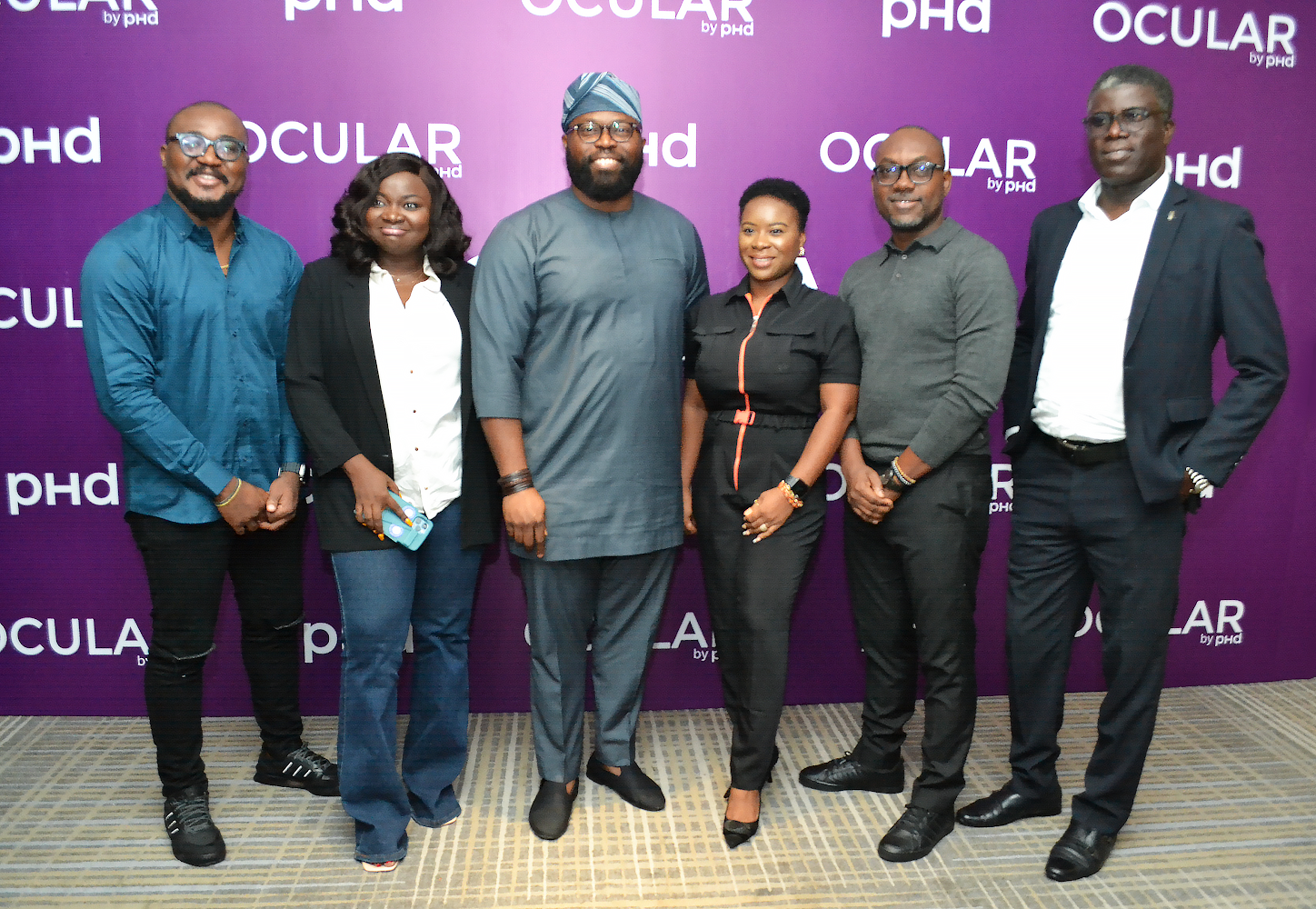The first wave of the COVID-19 pandemic last spring prompted consumers adjusting to quarantines to increasingly turn to social media for news, information and personal connections. To find out more about social media use in this new normal, Smartly.io surveyed consumers across the globe in May to understand their preferences involving advertising and social media.
Months later, we wanted to see whether things had changed from the consumer point of view and what this means for brands. Surveying over 2,000 consumers, we discovered that while some consumer preferences have returned to normal, others still vary greatly from pre-pandemic times.
Through the survey data, brands can gain a deeper understanding of the evolving global social advertising landscape and how it can empower them to thoughtfully connect with consumers.
Here are some key takeaways:
In May, 48% of global consumers said they had made purchases through social media ads over the past 30 days. That climbed to 51% in August. However, patterns vary by country. For example, in the recent survey, 38% of Italian consumers said they made a purchase from a social media ad in the past 30 days, while in Spain the number was 17%.
In other parts of the world, the numbers are increasing—India, for example, jumped from 73% in May to 78% in August. Similarly, 81% of Mexican and Brazilian consumers said they had made a purchase through social media in the past 30 days.
Budget volatility is on the rise
CPMs (Cost Per Mile) fell in concert with the decreased ad spend and increased ad usage at the beginning of the pandemic. Since then, the industry has experienced extreme volatility.
In fact, fluctuation of U.S. retail CPM rates over the past six months indicates major potential for U.S. retailers to add social media advertising to their marketing mix and experience immediate benefits. More than ever before, it is important for brands to make sure their social media ads are relevant to keep performance levels consistent.
Facebook is leading the way
When we asked consumers what their No. 1 go-to platform on social media during the pandemic was, Facebook dominated the field in all countries. In fact, 43% of global consumers selected Facebook as their top platform during the pandemic, followed by YouTube at 24% and Instagram at 15%.
Facebook also reported a surge in the use of its messaging tools, especially during the lockdown. With Pinterest, Snap and TikTok following suit, the pandemic resulted in increased platform engagement across the board.
Consumers gravitate to stories
Stories are convincing CMOs of the importance of being visually appealing in a world where users’ feeds are carefully curated. In Brazil, for instance, the appetite for story ads is exceptionally high, with 25% of local respondents selecting that as the format they are most open to receiving on social media. Other countries’ preference for story ads hovered around the low teens.
At the same time, messaging apps or chatbots were the least popular among consumers. The bottom line is that content that “looks like an ad” will be ignored, but content that blends in seamlessly alongside material consumers are already viewing on social media will have a much greater shot at capturing their attention.
Overall, our survey found, people are seeking more connections through social media—including with brands—as they look to stay safe during the pandemic. Advertisers that increase their efforts to virtually engage these consumers while they try to limit in-person interactions will be positioning themselves for success both in the face of shutdowns and limited contact as well as for the future as COVID-19 hastens the adoption of the all-digital lifestyle.
Source: AdAge






Comment
No comments found.